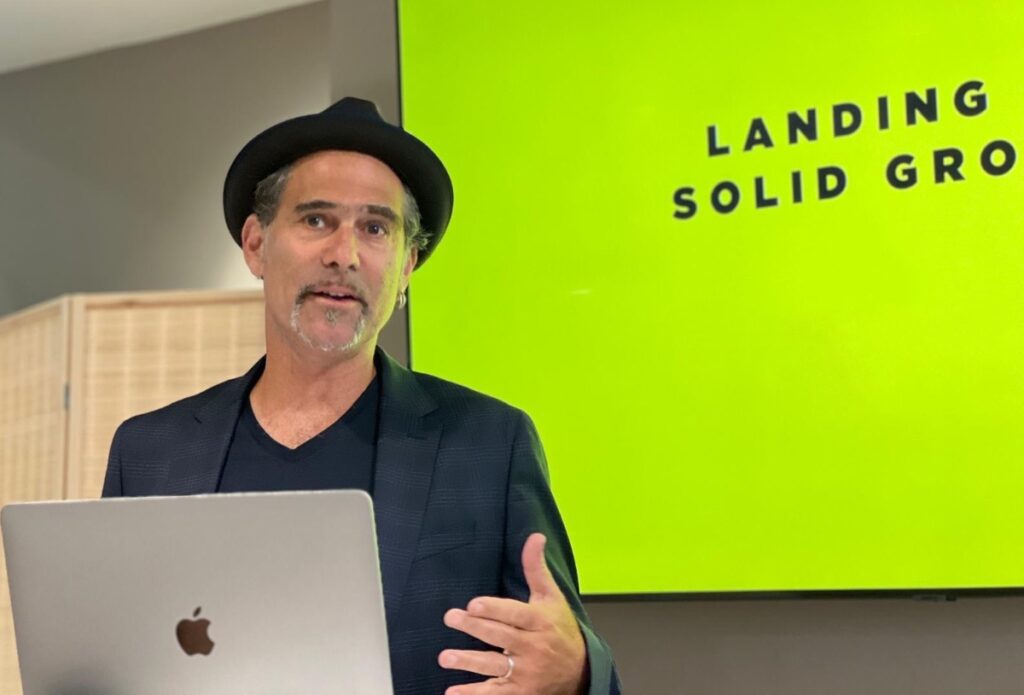We’ve left it open for you, so you don’t even need one of those little keys. Because writing is life, and keeping it real means forgoing the line between the personal and the professional.
The Art Of Improvisation

Recently, I watched The Art of Improvisation, a 2005 documentary about pianist and composer Keith Jarrett. You may know Jarrett’s 1975 recording, The Köln Concert, as the best-selling solo album in jazz history. But what I was struck with while hearing his thoughts — of course — was how similar his description of jazz improvisation was to writing: the mindset, the elements, and the contours. By the end of this documentary, I was convinced that every time we sit down to write, we are, in fact, improvising.
- It is impossible to predict what will happen in improvisation; you just put your nervous system on alert for every single thing.
- You sort out your materials in real time, approaching them as naturally as you approach your own breath.
- A concrete thought process and an intuitive process can happen at the same time.
- First the music enters you, then you don’t have to worry about what to play; the music’s telling you what to play.
- When you allow everything to come through you, it will reach a kind of choke point when it has to come out of you. And if you don’t make a sound after that, you never will.
- You find a way to get the best possible sound of your instrument.
- The familiar routines of life are in complete contrast with the risks you take when you improvise; with improvisation, you begin every time with a blank slate.
- The more experience a person has, the simpler they can sound; timing is the key to simplicity.
- You have to take your whole being along with you. Then the soul shines through because things are always new.


